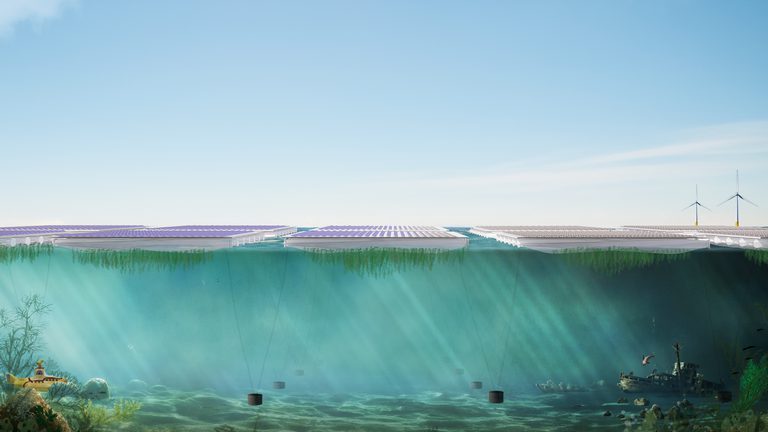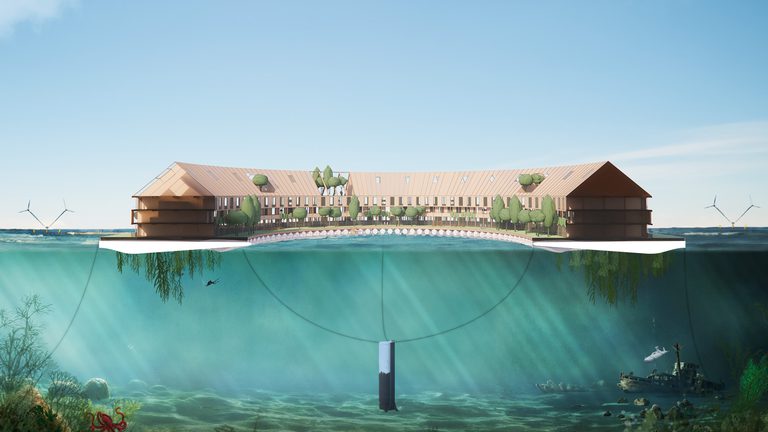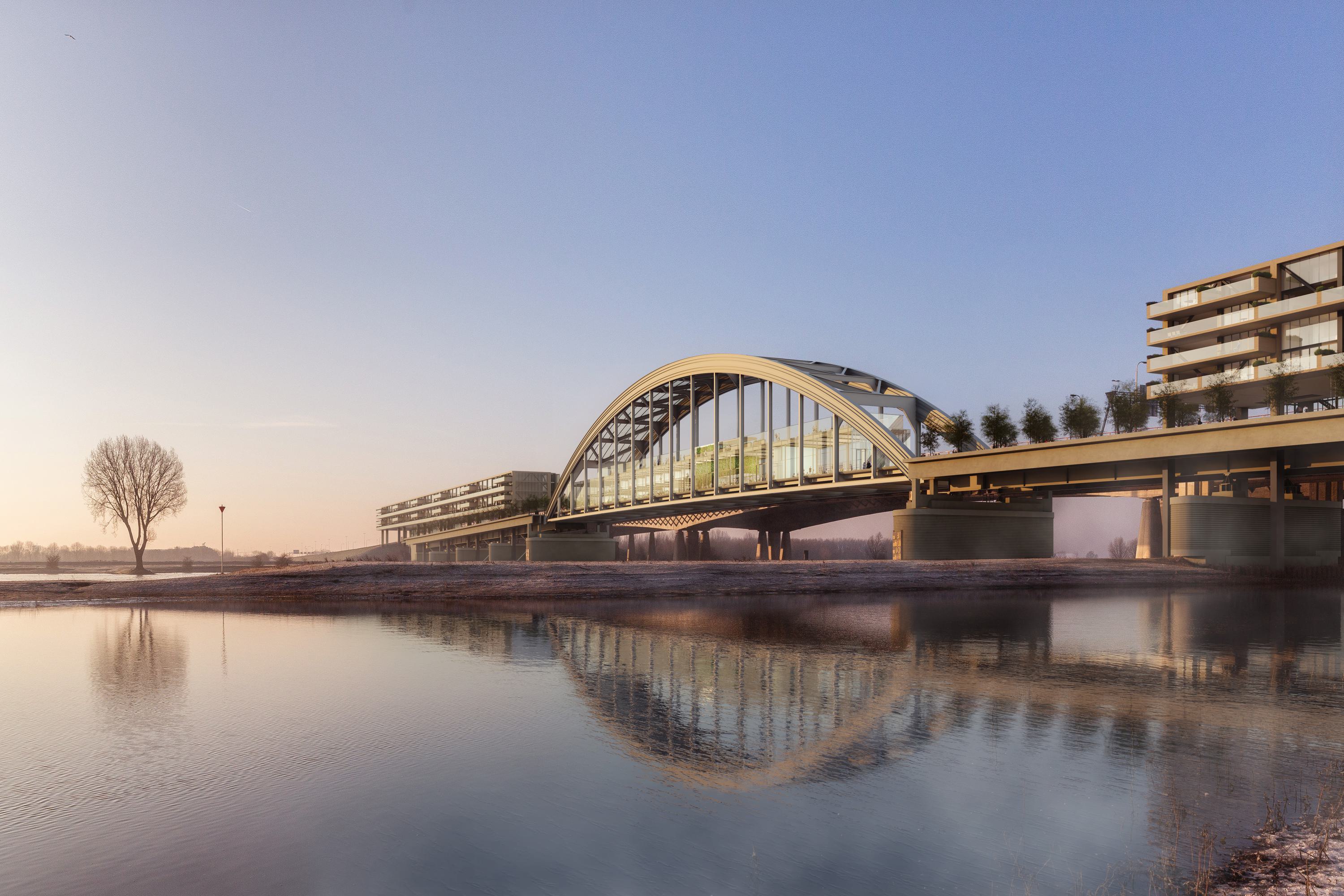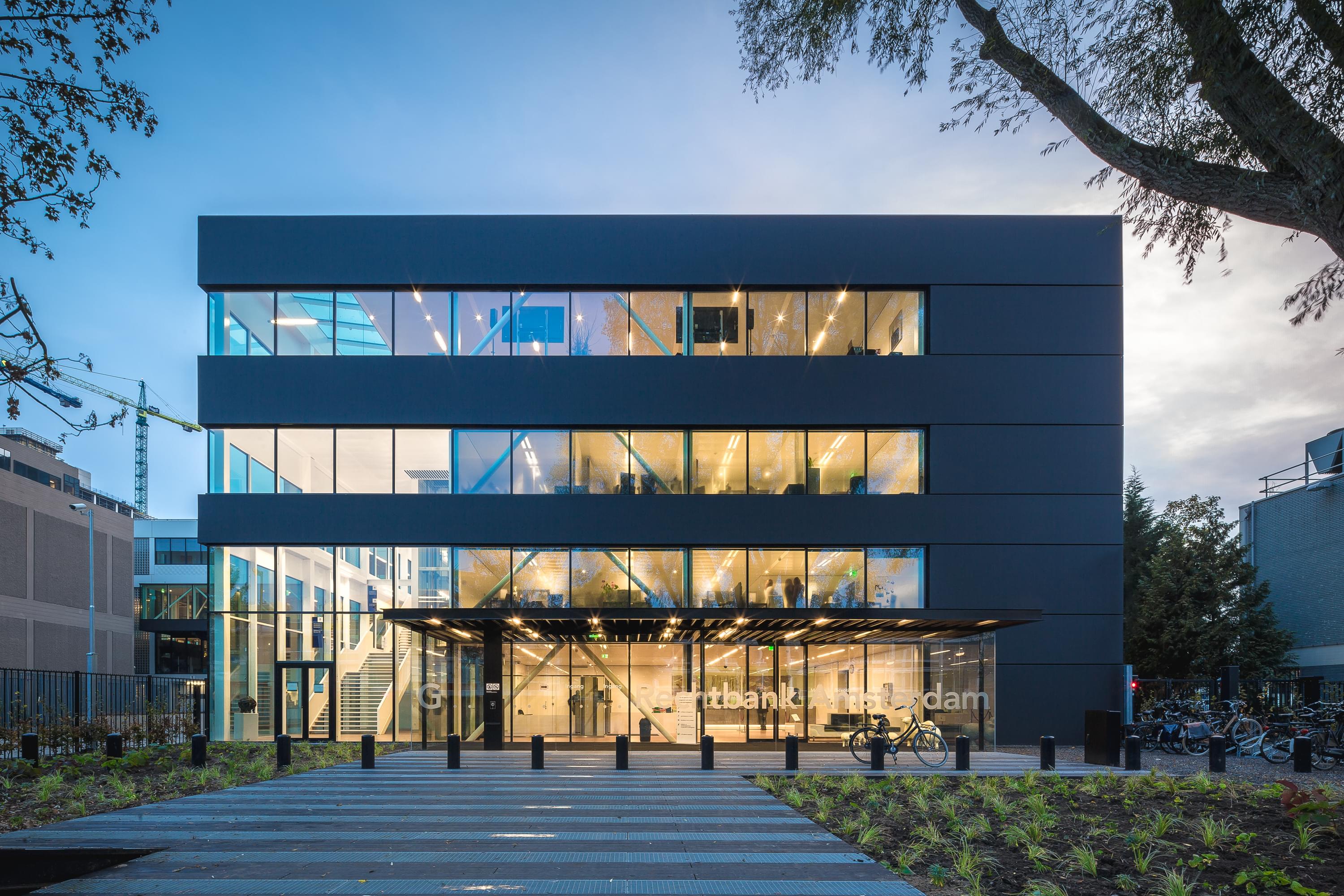what if lab: upcycled turbines
In the What If Lab of Dutch Design Week, at the request of energy company Vattenfall, cepezed research a possible second life for discarded rotor blades of wind turbines. Aiming for maximum sustainability, the purpose was re-use rather than recycle. Based on the very specific properties of rotor blades - their length, light weight, strength and hollow form - cepezed visioned a reuse as floats. Interlinked, rotor blades can form a floating island: new land where land is scarce.










